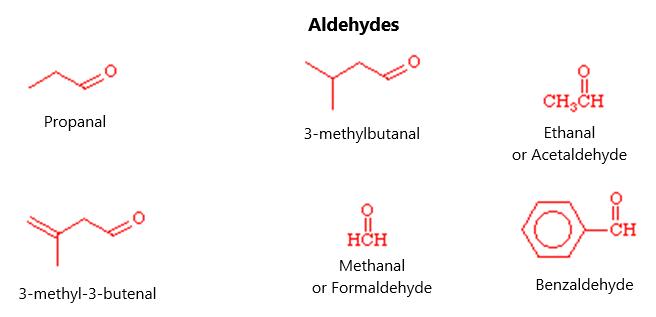Figure 87. In the dehydration reaction, hydroxide pulls the alpha hydrogen atom off of the betahydroxyaldehyde to make water. This, creates a double bond and results in the pulling off of the OH group off of the beta-carbon atom, resulting in an enal or alkene aldehyde. This results in a regeneration of the OH ion at the end of the reaction.
THE ALDOL REACTION OF KETONES This is a similar reaction of the previously mentioned aldol reaction of the aldehyde under basic conditions. In this reaction, an alpha hydrogen gets pulled off to make an enolate that ultimately becomes a combined molecule. This reaction doesn’t happen as easily as an aldehyde reaction because there are a lot of side chains that impair the attachment of the ketone enolate to another ketone. These beta-hydroxyketone molecules, when they do occur, become dehydrated easily to become an “enone” molecule. So, what favors the dehydration of aldol products? First, there needs to be an alphahydrogen between the hydroxyl group and the carbonyl group. Heating the reaction favors the dehydration process and the presence of the reaction in non-aqueous solutions will drive the reaction forward. This will immediately remove water from the reaction process so that continued dehydration will occur. Of course, there can be a “mixed aldol” reaction that involves different aldehydes or ketones involved in the reaction process. The carbonyl and alcohol sides do not come from the same molecule. So that there is not a complete mixture of enones and enals, some things must be true:
155




























































